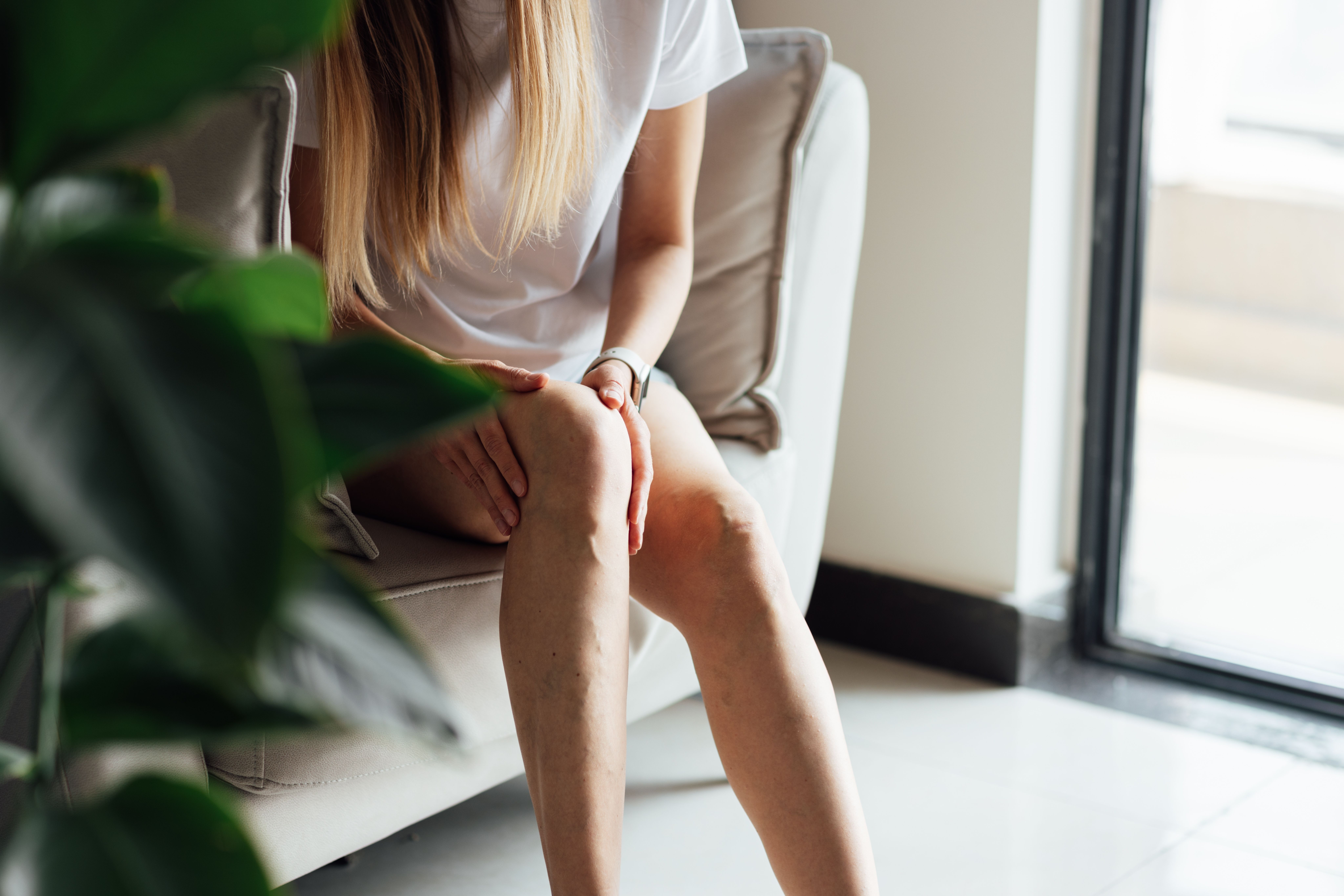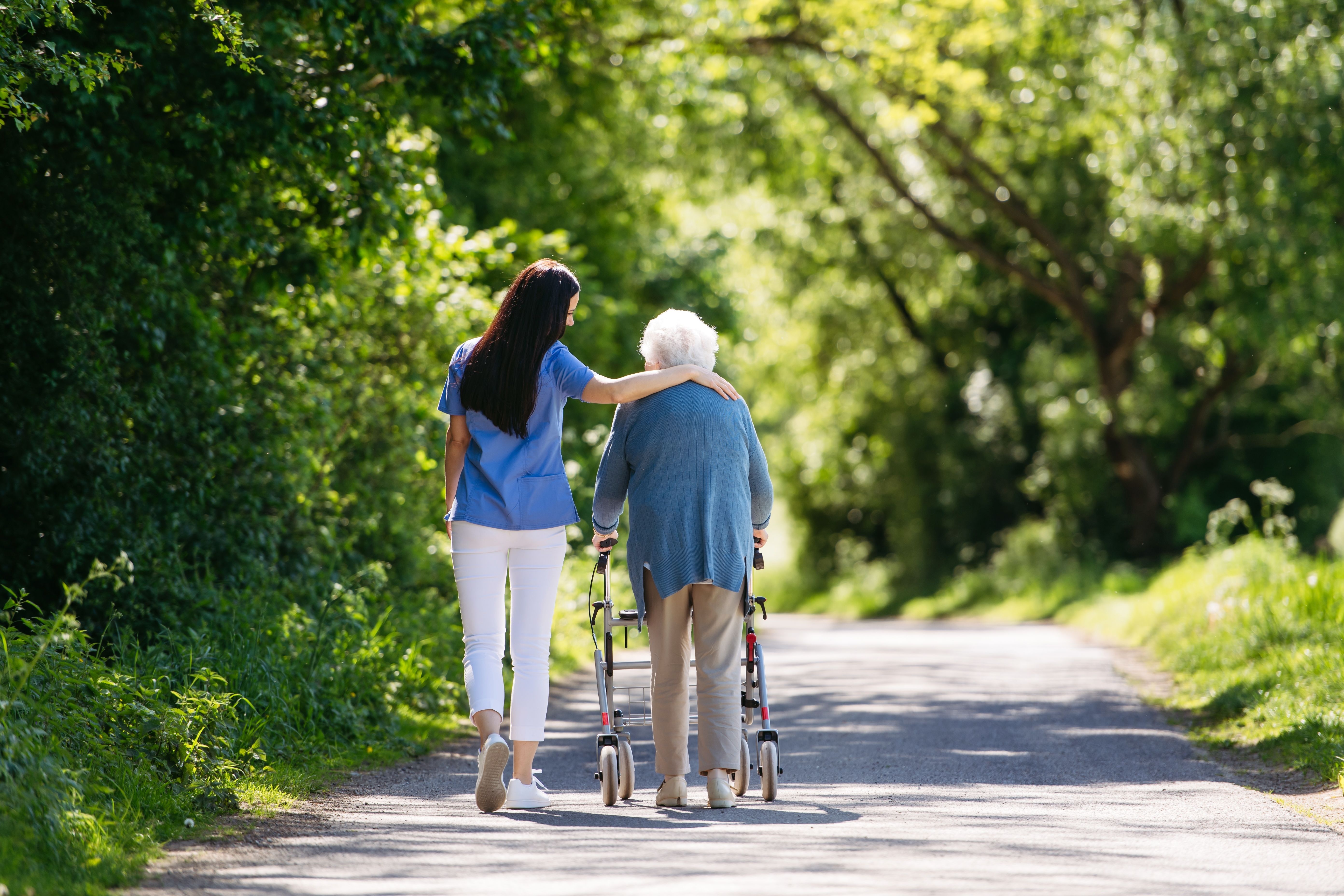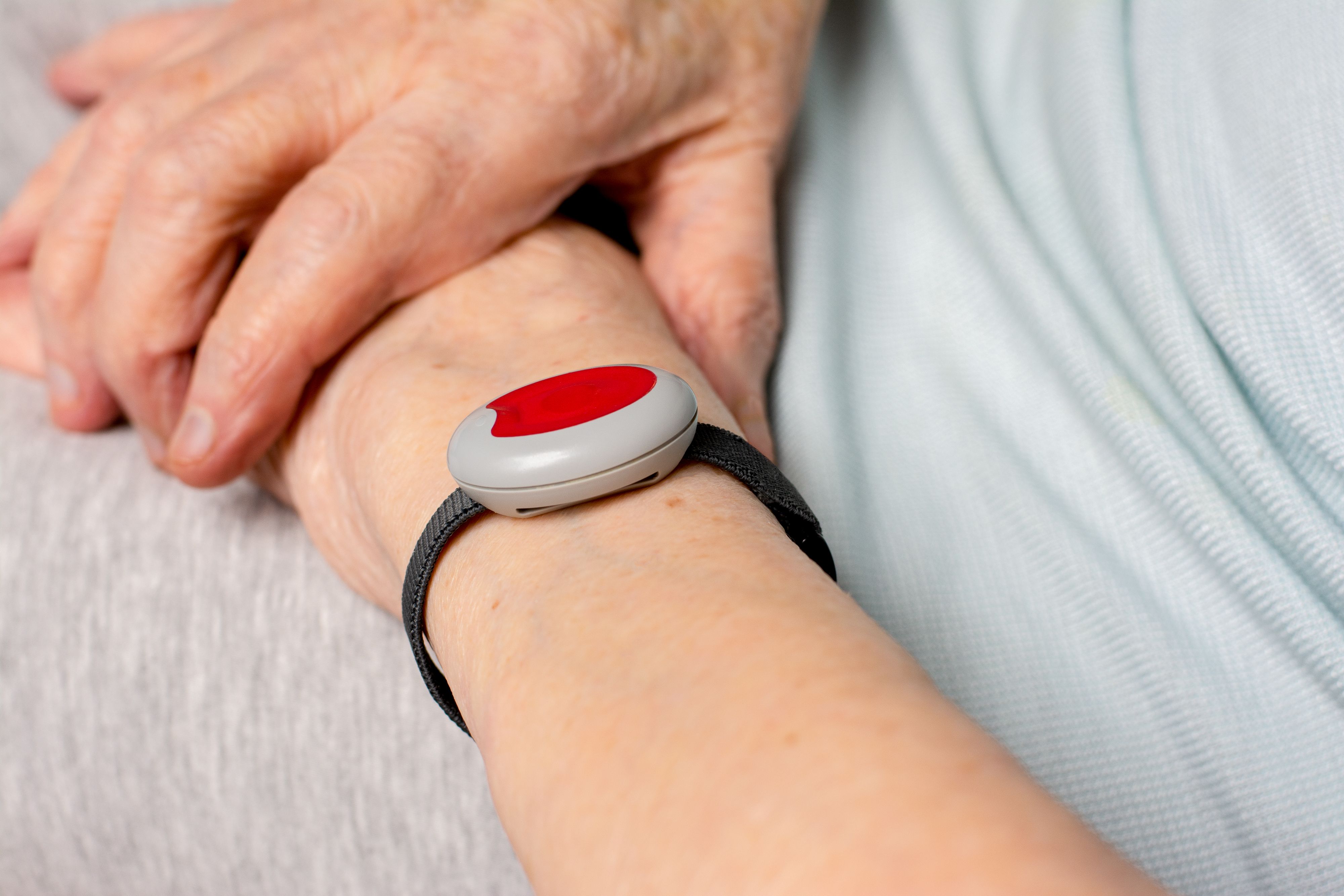How to manage deep vein thrombosis: tips and advice

Along with taking anticoagulant medications prescribed by your doctor, you can manage your deep vein thrombosis risk successfully with some lifestyle changes.
What is a deep vein thrombosis?1-3
A deep vein thrombosis is a blood clot or thrombus that forms within the deep veins, usually of in the legs, thighs, or pelvis, but can occur in the arms and the mesenteric and cerebral veins. This clot can limit blood flow through the vein, causing swelling and pain. It is a common disease and is part of the venous thromboembolic disorders, representing the third most common cause of death from cardiovascular disease after heart attacks and stroke.
Deep vein thrombosis can increase the risk of pulmonary embolism. This life-threatening complication occurs when the blood clot breaks off, travels through the blood, and blocks an artery in the lung.
The annual incidence of deep vein thrombosis is 80 cases per 100 000, with a prevalence of lower limb deep vein thrombosis of 1 case per 1000 population. It is rare in children but the risk increases with age, mostly occurring in the over 40 age group.
Who is at risk of deep vein thrombosis?1,2
The factors that can increase the risk of this chronic venous disease include:
- Reduced blood flow due to immobility (hospitalization, bed rest, general anesthesia, operations, stroke, long flights or car rides that last more than 5 hours, recovery from injury, paralysis)
- Increased venous pressure due to mechanical compression or functional impairment leading to reduced flow in the veins (tumor, pregnancy, stenosis, or congenital anomaly which increases outflow resistance)
- Mechanical injury to the vein such as a trauma, peripherally inserted venous catheters, previous deep vein thrombosis, intravenous drug abuse
- Surgery procedures, especially those involving the hip, pelvis, or knee
- Anatomic variations in venous anatomy that can contribute to thrombosis
- Older age, especially being older than 65 years
- Obesity
- Certain medications eg, birth control pills, hormone replacement therapy, tamoxifen, thalidomide, erythropoietin, cancer chemotherapy medications
- People with cancer, especially if they are receiving treatment such as chemotherapy or radiation therapy
- Smoking
- Coronavirus disease 2019 (COVID-19) infection associated with hospitalization
- Kidney problems, such as nephrotic syndrome
- Inherited thrombophilia: a genetic problem that causes the blood to form abnormal clots more easily than normal. Several factors in the blood clotting process may be involved depending on the type of genetic problem present. Examples of inherited thrombophilia include factor V Leiden, the prothrombin gene mutation, and deficiencies of naturally occurring blood thinning factors (antithrombin, protein C, and protein S)
- Acquired thrombophilia: some types of thrombophilia are not inherited but can still increase a person's risk of developing a blood clot. Examples include certain disorders of the blood, such as polycythemia vera or essential thrombocytosis, antiphospholipid antibodies or having an increased level of 1 or more factors involved in blood clotting.
What are the symptoms of deep vein thrombosis?1,2
The signs and symptoms of deep vein thrombosis are nonspecific. They may be caused by the clot itself or may be related to another condition. Classic symptoms of deep vein thrombosis include:
- Swelling
- Pain
- Warmth and tenderness to touch
- Redness in the involved leg
How to manage a deep vein thrombosis2,3
In treating deep vein thrombosis, the main goal is to prevent the clot from getting bigger and breaking off to cause a pulmonary embolus. Other goals of treatment include preventing the clot from becoming larger, preventing new blood clots from forming, and preventing long-term complications.
Once you receive a diagnosis of deep vein thrombosis, your doctor will likely prescribe anticoagulants, or blood thinners; these can keep the clot from growing. Other available treatments, which may be used in specific situations, include thrombolytic therapy or placing a filter in a major blood vessel (the inferior vena cava).

Walking may help you feel better faster.
In addition to taking prescribed medication, you can help treat your symptoms and prevent another blood clot from forming with home remedies and lifestyle changes. Taking your prescribed anticoagulant medication exactly as directed is important to reduce the risk of a recurrent blood clot. It is also important to relieve your symptoms such as leg pain and swelling. Among the lifestyle changes to reduce your risk of another blood clot forming, walking during deep vein thrombosis treatment is highly recommended. Once an anticoagulant has been started and symptoms such as pain and swelling are under control, you are strongly encouraged to get up and walk around periodically.
How to reduce the bleeding risk due to anticoagulants2,3
You are more likely to bleed while taking anticoagulants. Bleeding may develop in many areas, such as bleeding from the nose or gums, excessive menstrual bleeding, bleeding in the urine or feces, bleeding or excessive bruising in the skin, or vomiting material that is bright red or looks like coffee grounds. In some cases, if there is internal bleeding, you may not notice right away. Bleeding inside the body can cause you to feel faint or have pain in the back or abdomen. Call your health care provider right away if you have these symptoms. It is also important to call immediately if you have an injury that could cause internal bleeding, such as a fall, a head injury, or a car accident.

Some simple modifications can reduce your risk of bleeding, such as:
- Use a soft-bristle toothbrush
- Use a humidifier to help reduce nosebleeds if you live in a cold or dry climate
- Use caution when handling sharp objects eg, knives
- Avoid activities that could result in injury eg, contact sports
- Use appropriate safety equipment eg, helmets or padding, during physical activity
- Avoid aspirin or other nonsteroidal anti-inflammatory agents (NSAIDS, eg, ibuprofen and naproxen)
- Wear an alert tag, such as a medical bracelet, necklace, or similar alert tag that always includes the name of your anticoagulant. If you end up needing treatment and are unable to explain your condition, the tag will alert responders that you are on an anticoagulant and at risk of excessive bleeding. The alert tag should list your medical conditions as well as the name and phone number of an emergency contact
How to ease the pain and swelling of a deep vein thrombosis3
To ease these symptoms typical of venous insufficiency, you can:
- Wear graduated compression stockings: these specially fitted stockings are tight at the feet and gradually loosen up on the leg, creating a gentle pressure that keeps blood from pooling and clotting
- Elevate the affected leg: ensure your foot is higher than your hip
- Take a walk: 3 to 5 times daily to improve blood flow to your legs.
Preventing a deep vein thrombosis3
Certain lifestyle changes can help prevent deep vein thrombosis or reduce your risk of developing it. These may include:
- Quitting smoking if you smoke
- Taking all prescribed medications, including anticoagulants
- Wearing compression stockings, especially after surgery or if you are on bed rest
- Maintaining a moderate weight
- Drinking fluids to avoid becoming dehydrated
- Getting up and moving every 1 to 2 hours, if possible
- Changing positions often when seated and avoiding crossing your legs
- Flexing your calves
- Stopping birth control pills before surgery, if directed to by a doctor
- Getting daily exercise
If you experience symptoms of deep vein thrombosis, it is important not to hesitate to consult your doctor to get a proper diagnose and treatment.